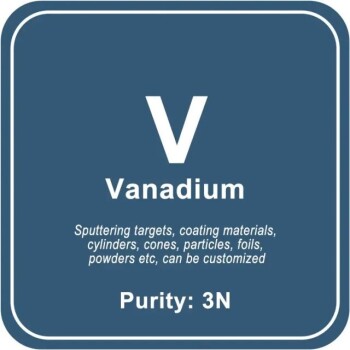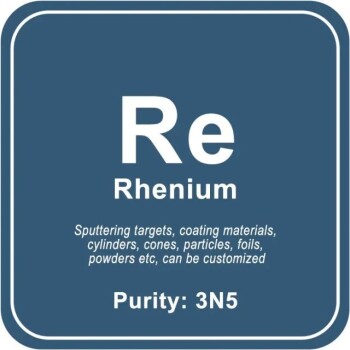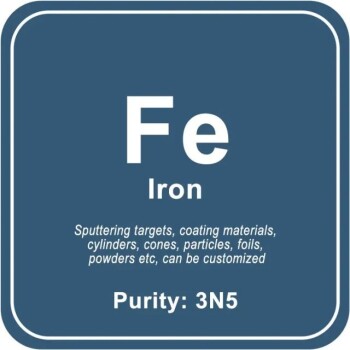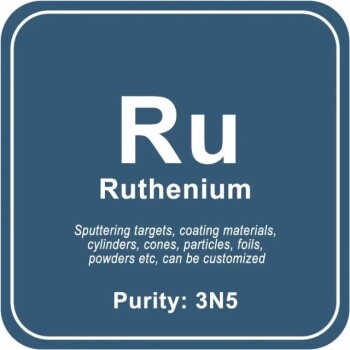X-ray fluorescence (XRF) spectroscopy is a versatile analytical technique capable of measuring a wide range of elements in various materials.
This technique is particularly useful due to its non-destructive nature, speed, and accuracy.
Below, I will summarize the elements that can be measured by XRF and provide detailed explanations for each key point.
4 Key Points Explained: What Elements Can Be Measured by XRF?

1. Detection Range of XRF
Modern XRF spectrometers can measure elements ranging from sodium (Na) to uranium (U).
This broad range includes both light and heavy elements, making XRF a comprehensive tool for elemental analysis.
With advancements in technology, XRF can now analyze light elements such as beryllium (Be) and boron (B).
This is achieved through the development of artificially synthesized multilayer film crystals and improvements in X-ray tube technology.
2. Specific Elements Measured by XRF
Portable XRF analyzers are effective in identifying rare earth elements in geological samples, providing real-time data for exploration purposes.
XRF is highly efficient in measuring sulfur content in petroleum products and fuels, complying with strict regulatory standards.
Handheld XRF analyzers can measure elements from magnesium (Mg) to uranium (U), making them suitable for uranium exploration.
XRF is used to analyze vanadium, a toxic heavy metal, in contaminated land assessments.
Portable XRF can monitor wear metals in lubricating oils, helping to detect potential machine failures early.
XRF can also detect elements such as tantalum (Ta), niobium (Nb), tungsten (W), and tin (Sn) in a matter of seconds.
3. Limitations of XRF
XRF cannot measure elements lighter than magnesium, including carbon.
For quantitative analysis of these light elements, alternative analytical methods are required.
4. Applications of XRF
XRF is used for the elemental analysis of a wide variety of materials, including metals, alloys, polymers, ceramics, geological materials, petroleum products, soil, and paint.
The non-destructive nature of XRF makes it ideal for analyzing rare and valuable samples without causing damage.
5. Technological Advancements
Technological advancements such as the development of goniometers, counters, and temperature-stable spectral chambers have significantly improved the measurement precision and accuracy of modern XRF spectrometers.
The use of artificially synthesized multilayer film crystals has expanded the range of elements that can be analyzed by XRF, particularly for light elements.
In conclusion, XRF spectroscopy is a powerful and versatile analytical tool capable of measuring a wide range of elements from sodium (Na) to uranium (U).
Its non-destructive nature, speed, and accuracy make it an invaluable tool for various industries, including geology, environmental science, and materials science.
However, it is important to note its limitations, particularly in the analysis of elements lighter than magnesium.
Continue Exploring, Consult Our Experts
Unlock the full potential of your materials analysis with KINTEK SOLUTION's state-of-the-art XRF spectroscopy.
From sodium to uranium, measure a vast array of elements with unmatched precision.
Our cutting-edge technology and extensive expertise ensure unparalleled accuracy and speed.
Don’t settle for less—contact KINTEK SOLUTION today to elevate your analytical capabilities and discover how our solutions can drive your success!
















